What is the Voltage of a AAA Battery? (Averages & Types)
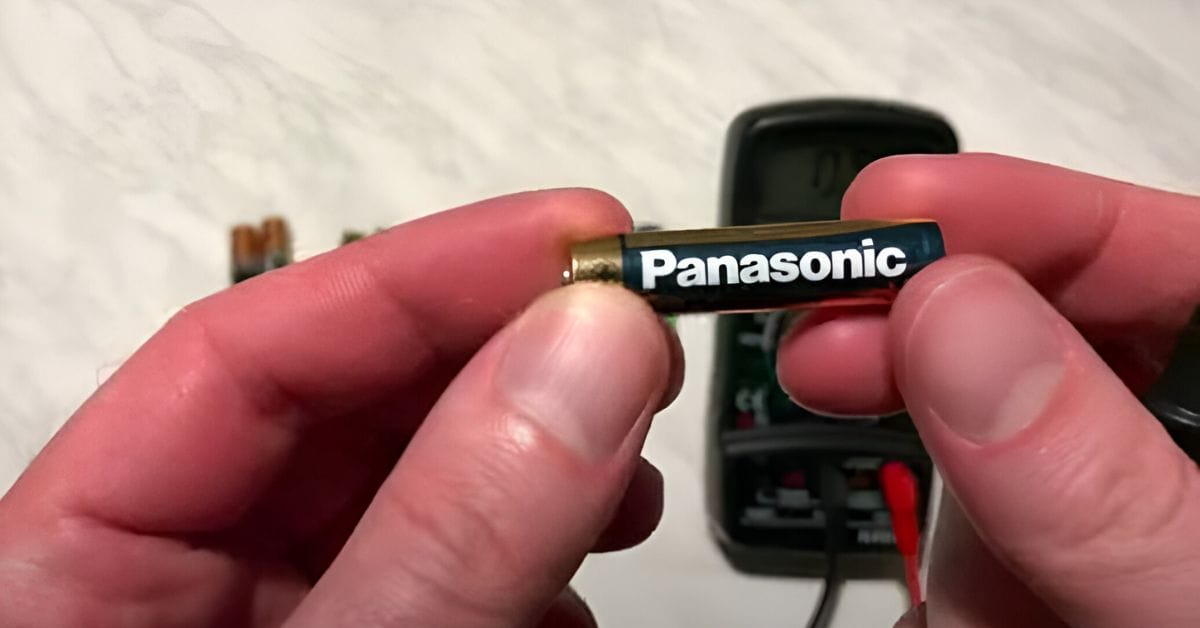
Ever wondered how much power a tiny AAA battery packs? Well, you’re in luck because, in this article, we will dive into the world of AAA batteries and explore their voltage.
The average voltage of a non-rechargeable AAA battery, like alkaline and zinc-carbon, ranges from 1.5V to 1.8V. Rechargeable batteries, on the other hand, typically have a 1.2V voltage.
These little powerhouses might not seem like much, but they keep our portable devices running smoothly.
I will go into more detail below.
The Voltage of AAA Batteries
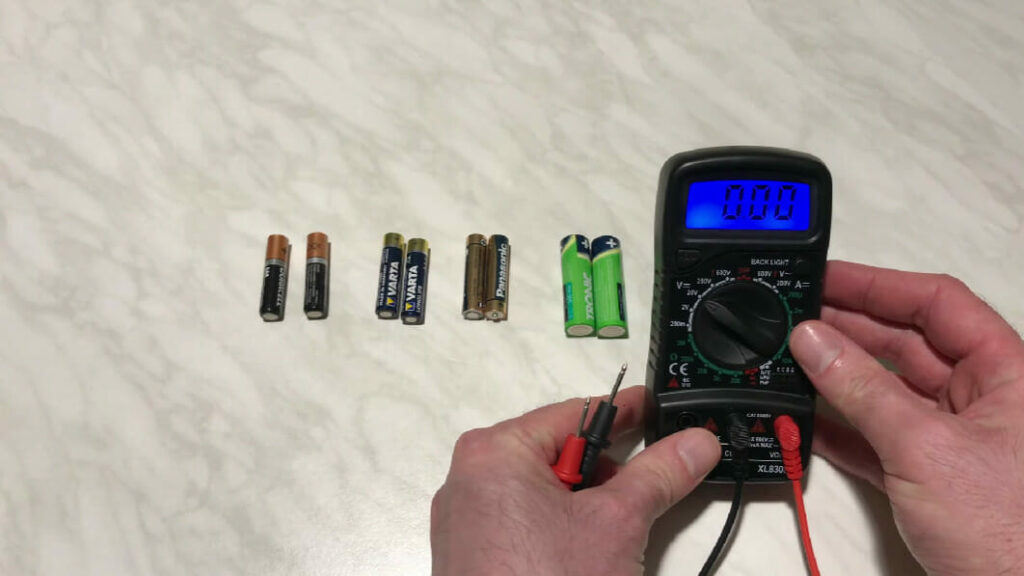
AAA batteries are like the smaller siblings of AA batteries but just as vital for powering our everyday gadgets, right? So, let me share some cool facts about the voltage of these handy little powerhouses.
First off, the ideal voltage for an AAA battery is 1.5 volts. Surprisingly, when fresh out of the package, they read between 1.35 and 1.45 volts.
I had a lightbulb moment when I discovered this slight variation! That’s still enough juice to keep our devices up and running.
Now, not all AAA batteries are created equal. There are generally two types: rechargeable and non-rechargeable.
The non-rechargeable ones are often alkaline or zinc-carbon batteries, while the rechargeable ones are usually NiCad or NiMh.
The non-rechargeable ones have a voltage of 1.5 volts, while the rechargeable ones have a slightly lower voltage of 1.25 volts.
Want to check the voltage of your AAA batteries at home? Here’s a nifty trick! You can use a voltmeter to do so. Just set it to the “20” DCV setting and test away.
That’s what I do when I’m feeling like a battery-testing superhero!
Types of AAA Batteries and Their Voltages
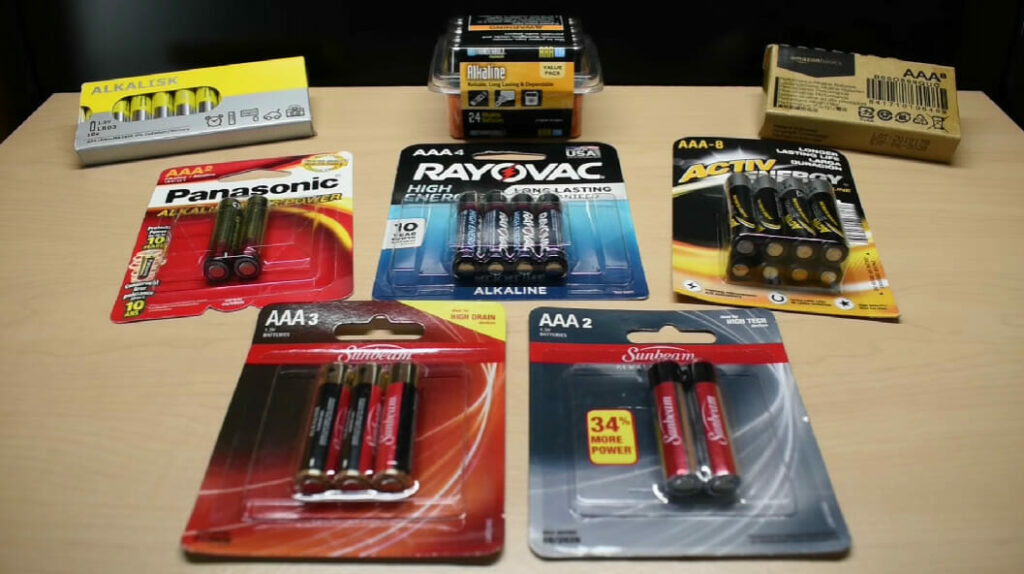
Non-Rechargeable AAA Batteries
Non-rechargeable AAA batteries are always there when you need them. Their most common type is the alkaline battery. These little powerhouses have a nominal voltage of 1.5 volts.

When we talk about zinc-carbon batteries, we also find a 1.5-volt output, but they often have a shorter lifespan.
Then, there’s a more exotic type called lithium iron disulfide (Li-FeS2) batteries. These high-performance batteries also give you 1.5 volts up to a peak of 1.7V.
However, they can up the ante in extreme conditions like freezing temperatures or high-drain devices.
Rechargeable AAA Batteries
Now, let’s move on to rechargeable AAA batteries. You may call them the eco-friendly alternative, and you’d be right!
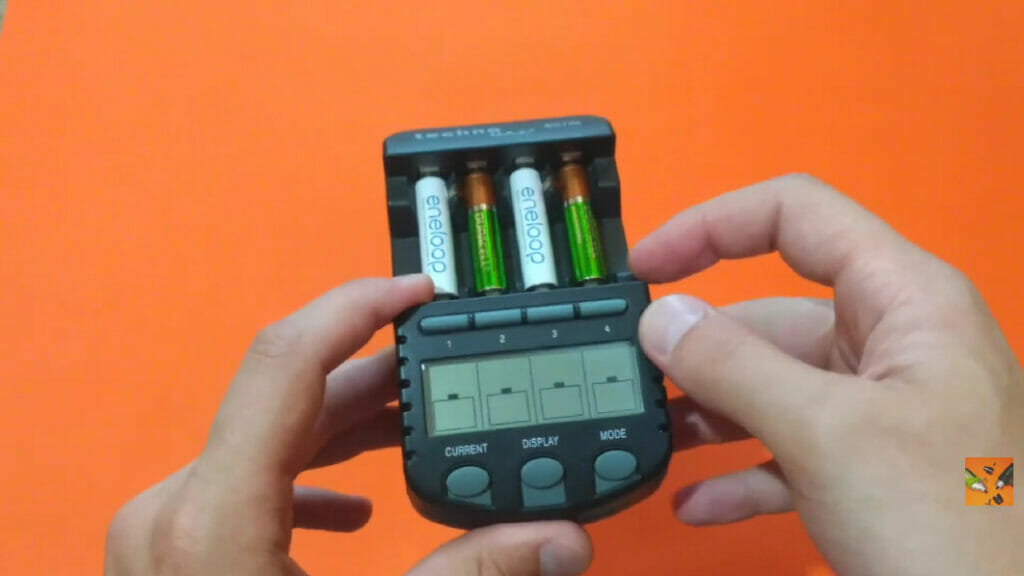
They’re perfect for those devices you use daily, and you don’t want to buy new batteries.
Nickel-metal hydride (NiMH) is a popular choice for rechargeable batteries. These bad boys offer a slightly lower 1.2-volt output but can be recharged hundreds of times.
Depending on the brand and quality, they are available in various capacities, usually 600 to 1100 milliamp-hours (mAh).
Nickel-cadmium (NiCad) batteries have a nominal voltage of 1.2 volts and are known for their durability and ability to handle high loads.
However, they also have a relatively low energy density and can suffer from a “memory effect” if not properly maintained.
Factors Affecting AAA Battery Voltage
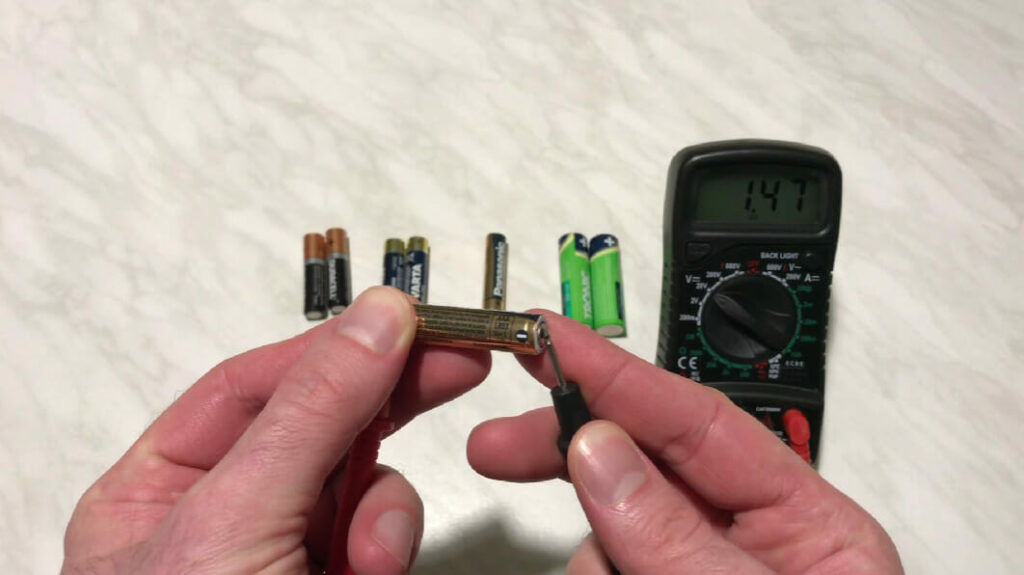
Manufacturing Tolerances
Regarding AAA batteries, it’s important to consider manufacturing tolerances. These little guys can have slight variations in voltage right out of the package.
I’ve found that a fresh AAA battery should measure between 1.5 and 1.7 volts with a digital voltmeter.
Just don’t sweat the small stuff – a tiny difference in voltage shouldn’t impact your device’s performance too much.
Temperature Effects
Now, let’s talk about temperature. I’ve been out in the sun building houses, and trust me, the temperature can affect everything! The same goes for AAA battery voltage.
When a battery gets hot or cold, its voltage may change slightly. So, whether chilling in the snow or sweating in the sun, be aware that temperature could affect your batteries.
State of Charge

Finally, let’s chat about the state of charge for a moment. As your AAA battery loses its charge, you’ll notice its voltage dropping, too.
A brand new AAA battery has a voltage of around 1.5 volts, but as it loses its energy, it will go down to around 1.2 volts. And when is it completely out of juice? You’ll see a voltage of about 0.9 volts.
So, there you have it, folks! That’s the scoop on the factors affecting AAA battery voltage. Stay charged, and keep powering through!
Wrapping Up
AAA batteries come in different types, such as zinc-carbon, alkaline, and Li-FeS2. Each type has its voltage, but typically, AAA batteries have voltages of 1.5V.
A AAA battery can reach up to 1.7V, while a dead one might fall to around 0.9V.
Next time you’re looking for AAA batteries, remember to check the voltage (usually indicated on the battery itself) and ensure it’s compatible with your device.
Remember that non-rechargeable AAA batteries typically have voltages ranging from 1.5V to 1.8V. Now, you’re ready to power up your favorite devices without worry!
References
Studies:
- “Effective Battery Energy Capacity as a Function of Temperature and Discharge Current” https://courses.physics.illinois.edu/phys398dlp/sp2020/documents/2_report.pdf
Organizations:
- The Battery Council International (BCI): https://batterycouncil.org/
Books:
- “Batteries in a Portable World: A Handbook on Rechargeable Batteries for Non-Engineers” by Isidor Buchmann. https://www.abebooks.com/9780968211830/Batteries-Portable-World-Handbook-Rechargeable-0968211836/plp
- “The Battery: How Portable Power Sparked a Technological Revolution” by Henry Schlesinger. https://www.barnesandnoble.com/w/battery-henry-schlesinger/1101057504
Websites Resources:
- Battery University – https://batteryuniversity.com/
Video References:
Milan Saula
electronicsNmore
ScottDotDot
AllHandmade
